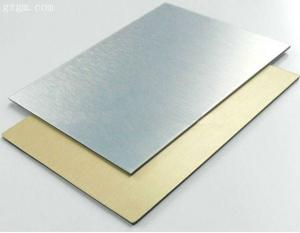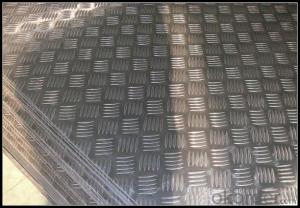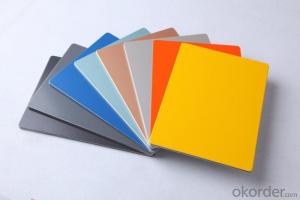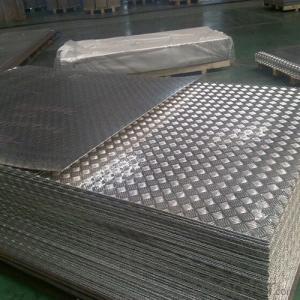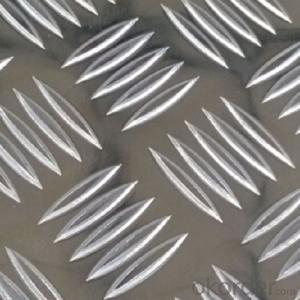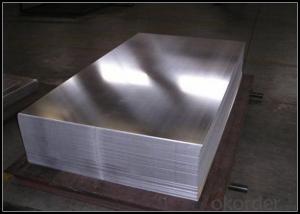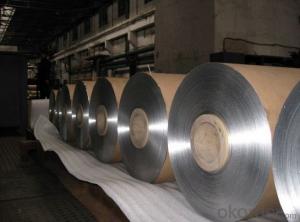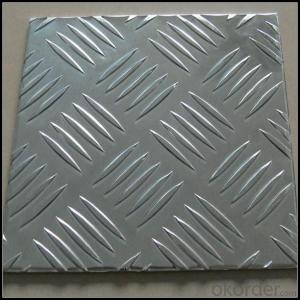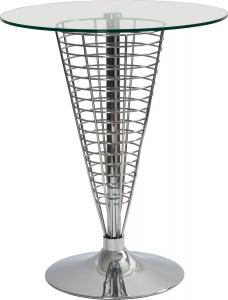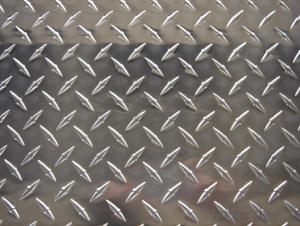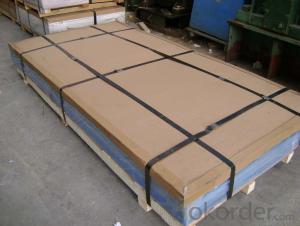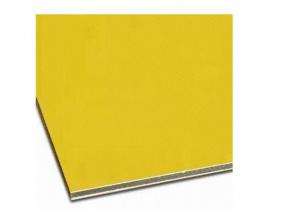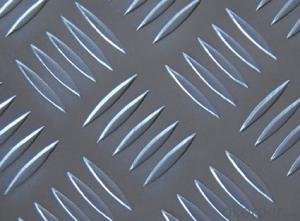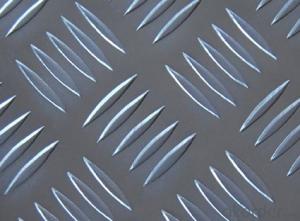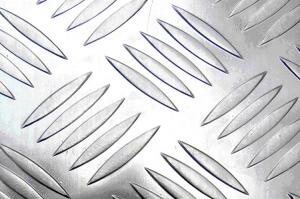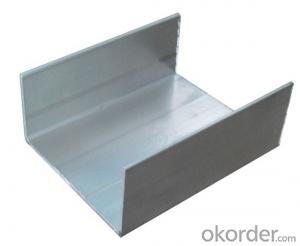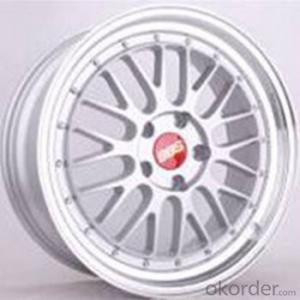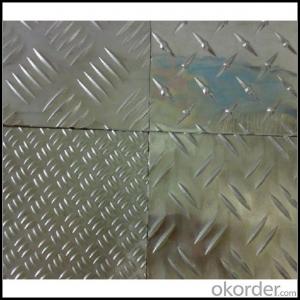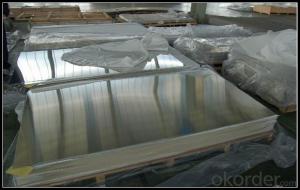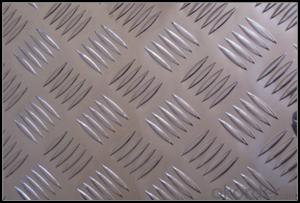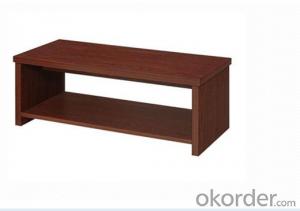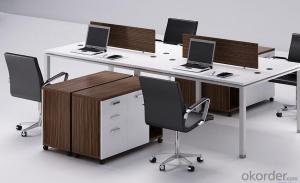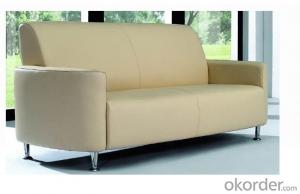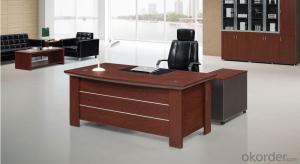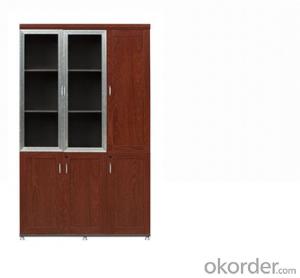Atp-5 Aluminum Tooling Plate
Atp-5 Aluminum Tooling Plate Related Searches
Atp 5 Aluminum Tooling Plate Atp 5 Aluminum Plate Atp-5 Cast Aluminum Plate Atp 5 Cast Aluminum Plate Aluminum Tooling Plate Aluminum Tool Plate Cast Aluminum Tooling Plate Aluminum 5th Wheel Plate Aluminum Fifth Wheel Plate Aluminum Tooling Plate Alloy Mic 6 Aluminum Tooling Plate 5 Aluminum Plate T5mm Aluminum Plate Aluminum Tooling Plate Mic-6 5 16 Aluminum Plate 5mm Aluminum Plate Tapping Aluminum Plate 5mm Thick Aluminum Plate C250 Aluminum Cast Tooling Plate Aluminum Plate 5mm K100 Aluminum Tooling Plate Alca 5 Aluminum Plate 5/16 Aluminum Plate 5 8 Aluminum Plate Aluminum Tooling Plate Suppliers Aluminum T Plate 5 Bar Aluminum Plate 5/8 Aluminum Plate 5 Bar Aluminum Tread Plate Aluminum Lapping PlateAtp-5 Aluminum Tooling Plate Supplier & Manufacturer from China
Atp-5 Aluminum Tooling Plate is a high-quality material known for its excellent strength and rigidity, making it ideal for a variety of applications in the manufacturing and engineering industries. This type of aluminum plate is widely used for the construction of molds, jigs, and fixtures, as well as for various tooling purposes. Its superior properties allow for precise and intricate designs, ensuring that the end product meets the highest standards of quality and performance.The Atp-5 Aluminum Tooling Plate is particularly useful in scenarios where lightweight yet strong materials are required, such as in the aerospace, automotive, and electronics sectors. Its ability to withstand high temperatures and resist corrosion makes it a popular choice for applications where durability and longevity are crucial. Additionally, the plate's non-magnetic properties and electrical conductivity further enhance its versatility, making it suitable for a broad range of uses.
Okorder.com is a leading wholesale supplier of Atp-5 Aluminum Tooling Plate, offering a vast inventory that caters to the needs of various industries. With a strong commitment to customer satisfaction, Okorder.com ensures that the aluminum tooling plates are available in different sizes, thicknesses, and specifications to meet the unique requirements of each project. By partnering with Okorder.com, customers can benefit from competitive prices, fast shipping, and exceptional service, ensuring that their projects are completed efficiently and effectively.
Hot Products

